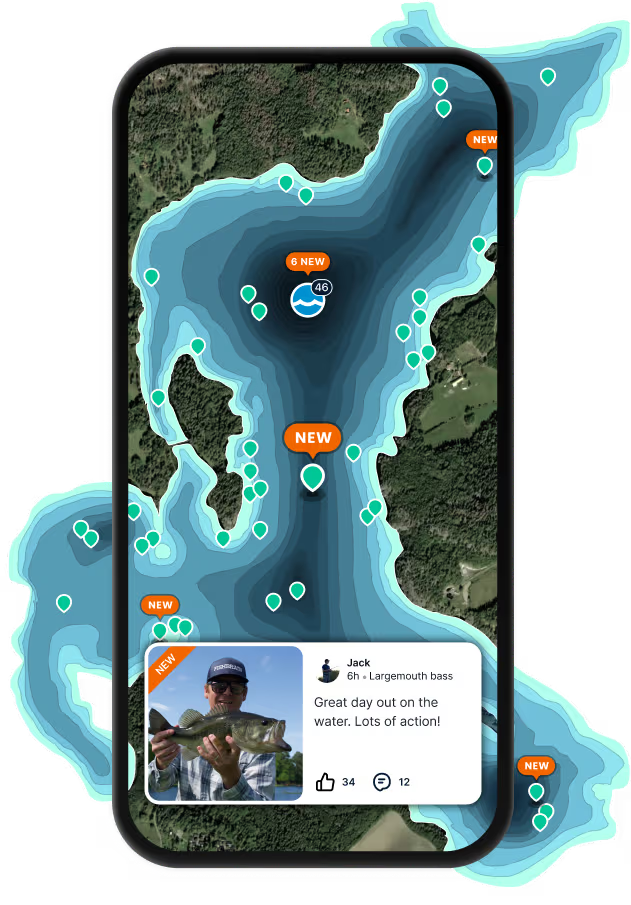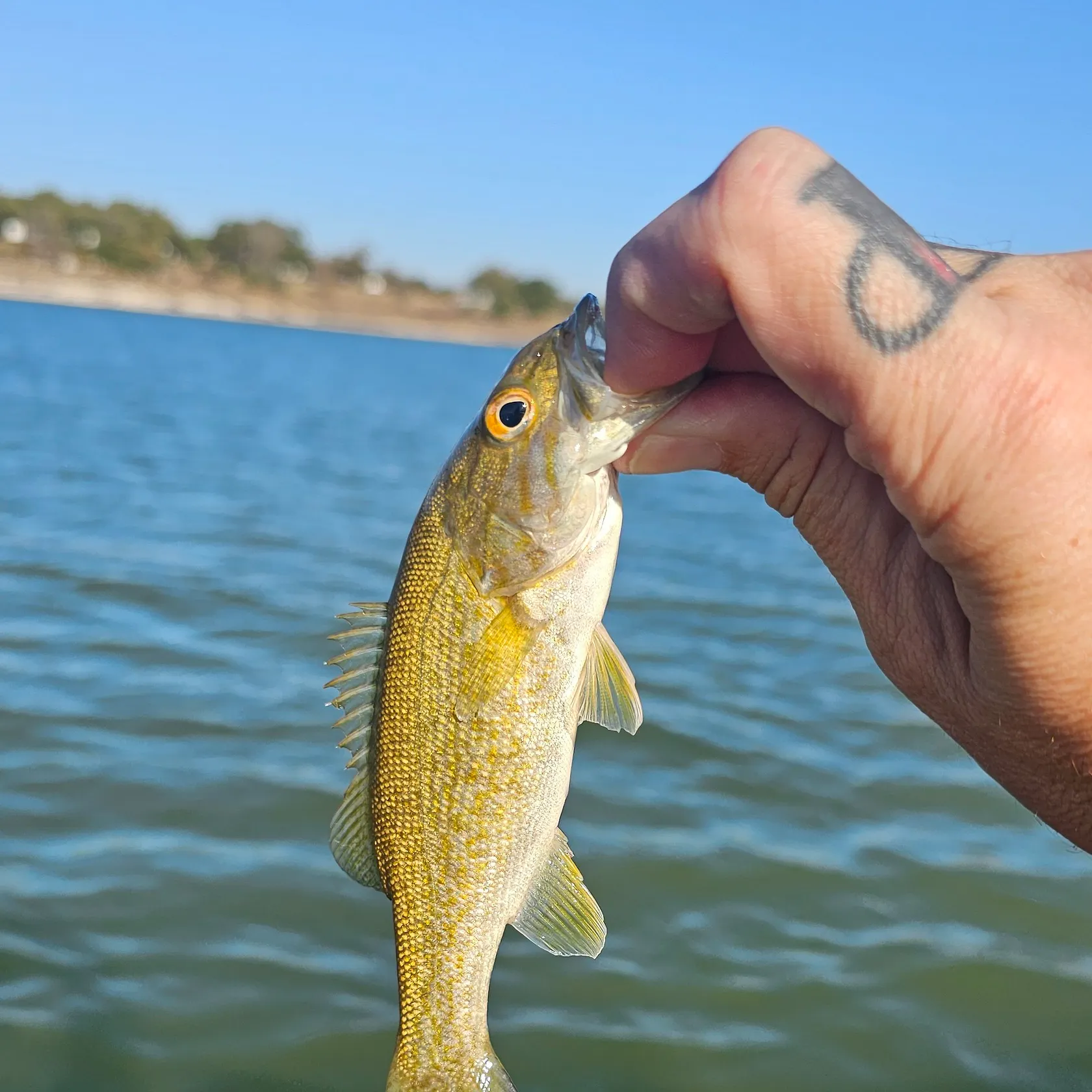Fishing for Smallmouth bass
The smallmouth bass is a freshwater fish known for its olive-green body and vertical stripes. Typically measuring 10-20 inches and weighing 1-4 pounds, it thrives in clear, rocky streams and lakes. Its diet includes insects, crayfish, and smaller fish. Renowned for its spirited behavior, it is a popular target for sport fishing. This summary is AI generated
Water type
IUCN Status
Threat to humans
Source: Fishbase
Best baits to catch Smallmouth bass
According to catch data from over 20 million anglers on Fishbrain, these are the best baits used to catch Smallmouth bass.

Find out what lures to use, download the Fishbrain app!



Biggest Smallmouth bass catches
Recently caught Smallmouth bass

Smallmouth bass
length · weight

Smallmouth bass
length · weight

Smallmouth bass
length · weight

Smallmouth bass
length · weight


Continue browsing catches and catch locations in the Fishbrain app
Scan the QR code to download the app!
Tips from our Pro anglers
BradParadis
New York, US
Pre-spawn Smallmouth Bass fishing tip: My favorite pre-spawn tactic would be to use jerkbaits to find smallmouth positioning themselves in those key transition areas as they make their way back to spawning locations. Once you locate them along their travels back it's hard to beat a jerkbait going past them. I think when it comes to fishing for smallmouth the key is to find their spawning area and focus in a radius surrounding that area. Those fish do not move far. They aren't traveling 100 miles from where they spawn. They usually live nearby the rest of the year, so focus on the structure changes in deeper water nearby and key shoals in that area. I love to target largemouth too! In the summer you can't beat a black jig. They eat it! This works well particular in stained or dirty colored water. The more clear the water, the more I will use the lighter shades of green pumpkin on my bait presentation. Regardless of the situation of water clarity, finding that key grass area where the fish have the cover and bait will bring you fish. Focus on good weeds. Good color means good oxygen levels for the plants, which brings bait, which brings what you're looking for!
BradParadis
New York, U.S.
Favorite post-spawn tactic for smallmouth bass really depends on the body of water your talking about. Where I live on the St. Lawrence River, the smallmouth move out into extremely deep water post spawn, and targeting fish in the 50-60 foot range on a particular day can be the norm. In these instances the dropshot is the presentation of choice. Many of the other lakes around the country where the smallmouth don't move as deep the dropshot still works extremely well in tricking those fish in their post-spawn funk into biting, but I usually will target them with a tube on the inland waterways.
Jholden8089
Canada
Best Smallmouth Bass pre-spawn fishing tip: I like to pitch a soft plastic grub or minnow in an area with some structure and let the current take my jig while I bounce it off the bottom in shallow water. Fishing conditions always change and so do the patterns of fish, be patient and don’t be afraid to use everything in the tackle box and eventually you will find that magic lure that will get them to strike.
jholden8089
Canada
Best post-spawn Smallmouth Bass fishing tip: I like to you use a shallow shad rap and cast near structure or a weed edge and use an erratic retrieve with some pauses in the retrieve which in many instances causes a strike.
kly05
Massachusetts, USA
Best pre-spawn Smallmouth Bass fishing tip: I like to search for smallmouths in the shallows with a suspending jerkbait. Once i get bit on that i comb the area with a bottom lure such as a tube or hair jig. They tend to move in groups during this time of year. Where you catch one, likely there are more in the area. Year-round Smallmouths like to feed on wind blown banks.
From the Fishbrain blog
Learn where to fish, when to fish, and top tips from our anglers to help you land that personal best
Struggling to catch fish in the summer heat? Discover the best fish species to target—like shad, pike, brook trout, stripers, and sunfish—and where to find them when temps rise.

Find your secret fishing spot by using Fishbrain

Make sure you have these essential lures in your tackle box! These lures will ensure you're prepared for anything.


Free trial available





